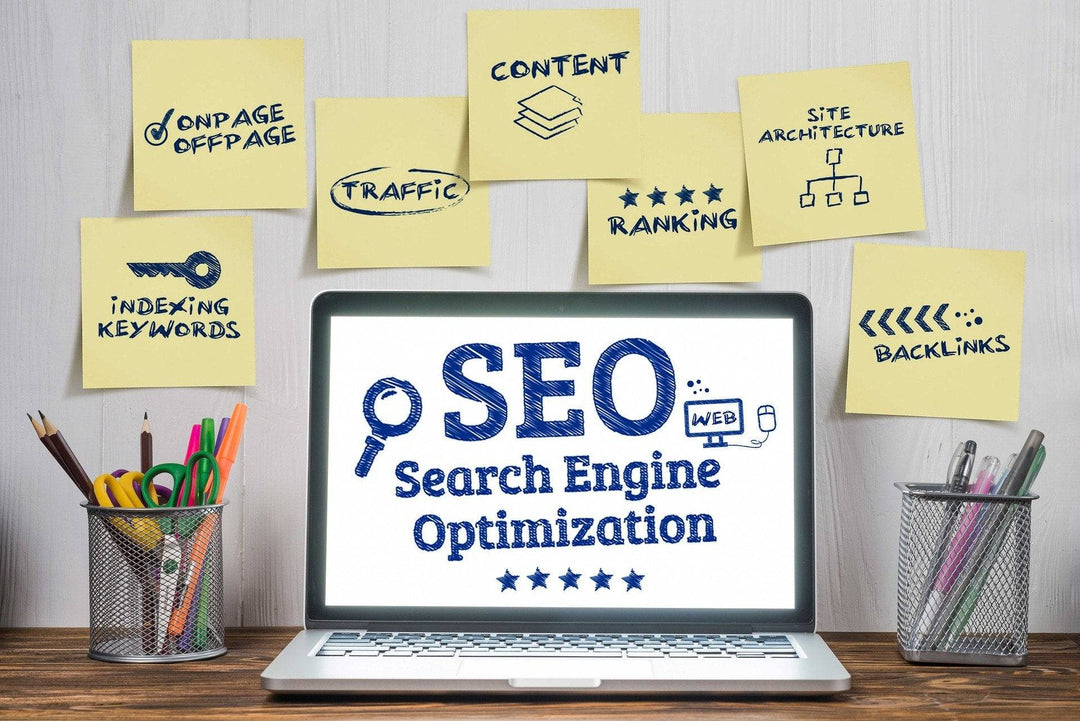Frequently Asked Questions
1. What is eCommerce SEO?
2. Why is keyword research important for my Shopify store?
3. How can I optimize product descriptions for SEO?
4. What are some effective off-page SEO strategies?
5. How can I track the performance of my SEO efforts?
In today’s digital world, having a well-optimized Shopify store is essential for driving traffic and improving sales. With numerous online retailers vying for attention, utilizing effective eCommerce SEO strategies can set your store apart. This article will guide you through key SEO tips that will help you optimize your Shopify store, enhance its visibility, and ultimately, increase your revenue.
Understanding eCommerce SEO
Before diving into the specific tips, it’s crucial to understand what eCommerce SEO entails. eCommerce SEO focuses on optimizing online stores so that they rank higher in search engine results pages (SERPs). This process involves several key components, such as keyword research, on-page optimization, technical SEO, and off-page strategies.
Keyword Research: The Foundation of SEO
Keyword research is the backbone of any successful SEO strategy. By identifying which keywords your potential customers are searching for, you can create content and optimize your store accordingly. Here’s how to effectively conduct keyword research:
- Use SEO tools: Tools like Google Keyword Planner, Ahrefs, or SEMrush can help identify popular search terms related to your niche.
- Analyze competitors: Look at the keywords your competitors use and see how you can incorporate similar or relevant keywords into your strategy.
- Focus on long-tail keywords: Long-tail keywords have lower competition and can drive targeted traffic to your site. For example, instead of using "shoes", consider using "comfortable running shoes for women".
On-Page Optimization: Making Your Pages Shine
Once you’ve chosen your keywords, the next step is to optimize your store's individual pages. Here’s how:
Optimize Your Titles and Meta Descriptions
Your page titles and meta descriptions should include your primary keywords and provide a clear description of the content. Use engaging language that encourages users to click through to your site. Aim for titles around 50–60 characters and meta descriptions under 160 characters.
Utilize Header Tags Wisely
Header tags (H1, H2, H3) not only help to structure your content but also signal to search engines what your page is about. Ensure that your H1 tag includes your primary keyword, and use H2 and H3 tags to break down sections of content.
Enhance Product Descriptions
When optimizing product pages, write unique descriptions for each product that incorporate relevant keywords naturally. Avoid using manufacturer descriptions, as they are often duplicated across many sites. Focus on the benefits and features of each product to engage your audience.
Image Optimization
Search engines can’t "see" images, so make sure you provide descriptive alt text for all images on your Shopify store. Use relevant keywords in your alt text to improve image search rankings and enhance accessibility.
Technical SEO: Ensuring a Smooth User Experience
Technical SEO plays a crucial role in how search engines crawl and index your site. Here’s what you need to consider:
Improve Site Speed
Site speed is critical for both user experience and SEO rankings. A slow website can lead to high bounce rates. Use tools like Google PageSpeed Insights to analyze your website’s speed and implement suggested optimizations, such as image compression and minimizing HTTP requests.

Mobile Optimization
With mobile shopping on the rise, ensure your Shopify store is mobile-friendly. Responsive design ensures that your website adapts correctly to different screen sizes, improving usability and potentially boosting conversions. Test your website on various devices to confirm everything looks and functions as it should.
Optimize URL Structure
Clear and descriptive URLs help both users and search engines understand the content of your pages. Use relevant keywords in your URLs and keep them concise. For example, instead of intelligentecom.com/product/12345, use intelligentecom.com/comfortable-running-shoes.
Off-Page SEO: Building Authority
Off-page SEO refers to actions taken outside of your website that impact its authority and ranking. Here are some effective strategies to boost your online presence:
Build Quality Backlinks
Backlinks from reputable websites signal to search engines that your content is credible. Focus on creating high-quality content that others want to link to, such as informative blog posts or comprehensive guides. You can also reach out to bloggers and influencers in your niche for collaboration opportunities.
Leverage Social Media
Social media can significantly amplify your SEO efforts. Share your products and content across various platforms like Instagram, Facebook, and Pinterest to drive traffic to your Shopify store. Engaging actively with your audience can lead to increased brand awareness and potential links back to your site.
Encourage Customer Reviews
Customer reviews not only build trust but also improve your site’s SEO. Encourage buyers to leave reviews by sending follow-up emails post-purchase. Positive reviews can enhance product pages with fresh content and relevant keywords, further improving their SEO potential.
Staying Ahead of the Curve
As the digital landscape evolves, so do SEO strategies. Here’s how to stay updated:
Follow SEO Trends and Updates
Keeping abreast of the latest SEO trends and algorithm changes is crucial for maintaining your store’s visibility. Follow industry experts and authoritative websites that provide reliable insights into evolving SEO practices.
Utilize Analytics to Track Performance
Use tools such as Google Analytics and Shopify’s built-in analytics to monitor your traffic and sales. Analyze which strategies are yielding results and where improvements can be made. This will allow you to make informed decisions to further optimize your Shopify store.
Putting It All Together: Your Roadmap to Success
Implementing these SEO tips will not only help you optimize your Shopify store but also set you on the path to long-term success. Remember, SEO is an ongoing process; therefore, continuous improvement and staying updated with best practices are key to maintaining your store’s visibility.
By focusing on keyword research, on-page and off-page strategies, and technical SEO, you can create a robust framework for driving organic traffic and boosting sales. Don’t wait—start applying these tips today and watch your Shopify store flourish!






Leave a comment